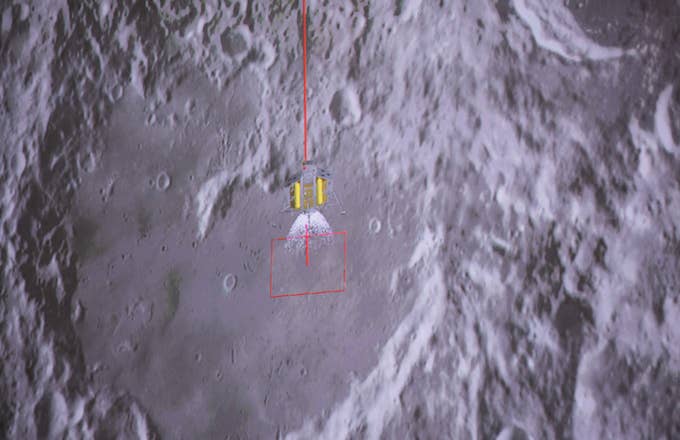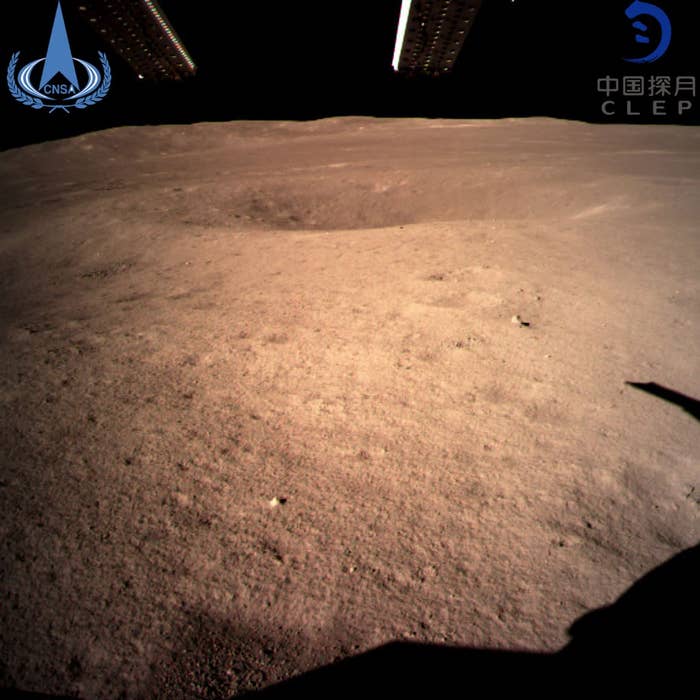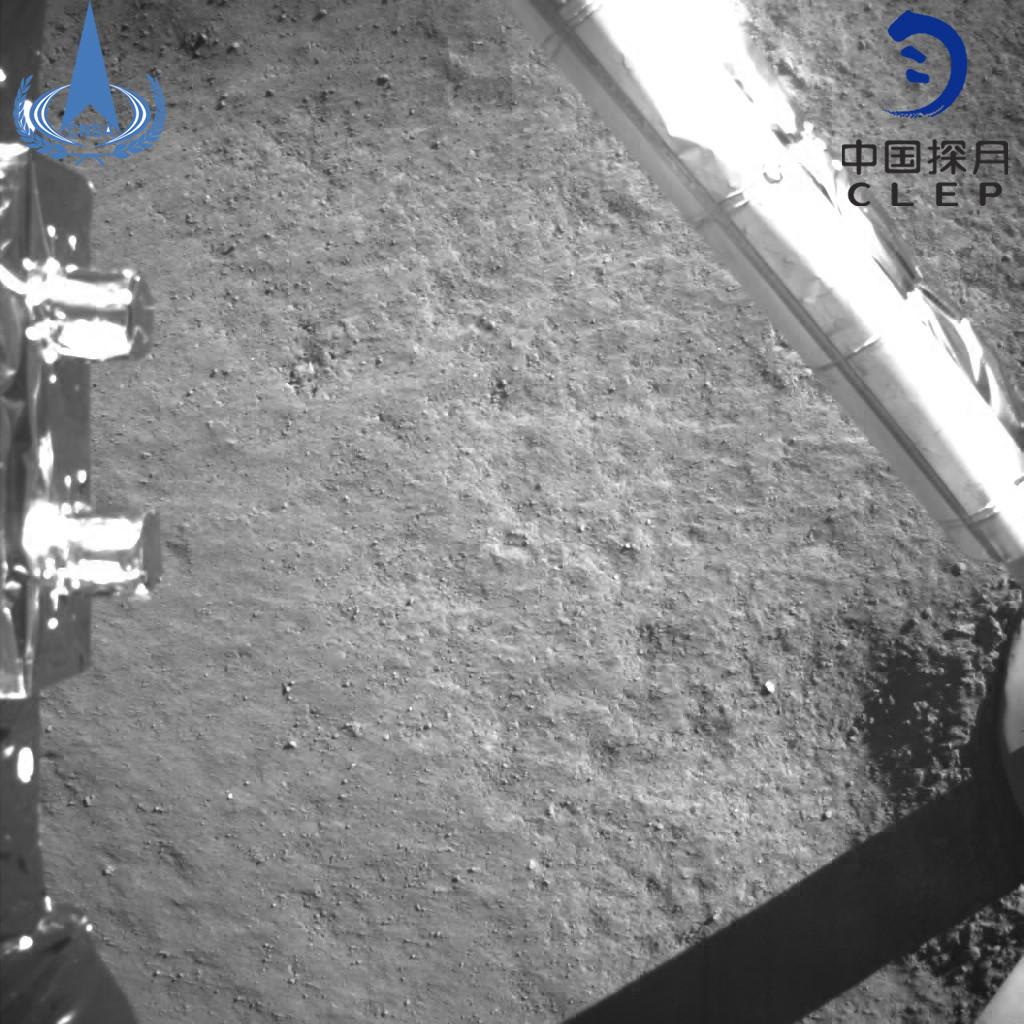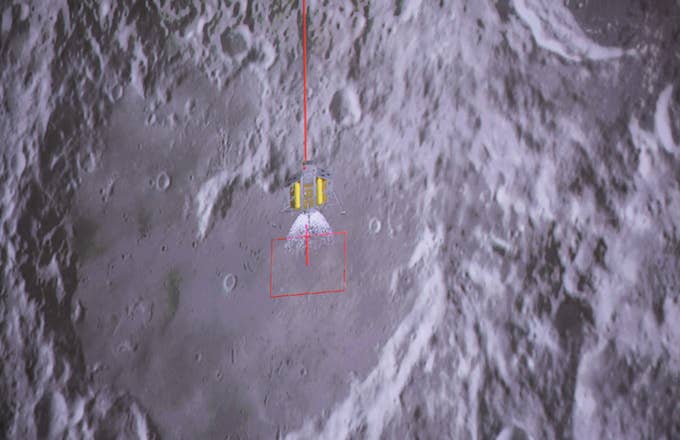
China solidified itself as a leader in space exploration this week, when it became the first nation to land a spacecraft on the far side of the moon.
State media announced the milestone Thursday, shortly after the Chang'e 4 probe touched down at 177.6 degrees east longitude by 45.5 degrees south latitude in the South Pole-Aitken Basin. The China National Space Administration said the spacecraft—named after the Chinese goddess of the moon—made a soft landing at 10:26 a.m. Beijing Time.
"Soft landing" is when aircraft successfully touches down with no damages. The first spacecraft to hit the dark—or "invisble"—side of the moon was NASA's Ranger 4 in 1964; however, a computer failure caused it to crash.
"China is anxious to get into the record books with its space achievements," Joan Johnson-Freese, a professor at the U.S. Naval War College, told CNN. "It is highly likely that with the success of Chang'e—and the concurrent success of the human spaceflight Shenzhou program—the two programs will eventually be combined toward a Chinese human spaceflight program to the moon [...] Odds of the next voice transmission from the moon being in Mandarin are high."
China launched Chang'e 4 on Dec. 7, 2018, in an effort to learn more about the far side of the moon, such as its internal structure, temperature, and mineral composition. The probe has already released a solar-powered rover called Yutu 2, or Jade Rabbit-2, which has beamed the first close-up images of the moon's far side.
You can check out the photos, released China's National Space Administration below.



